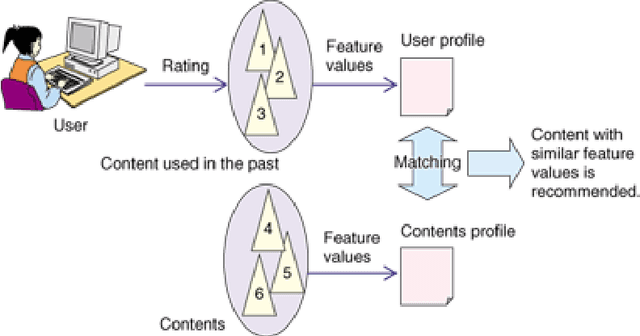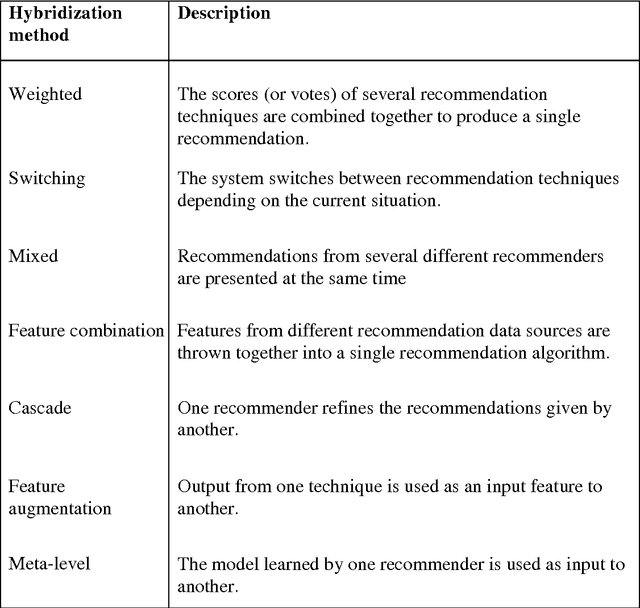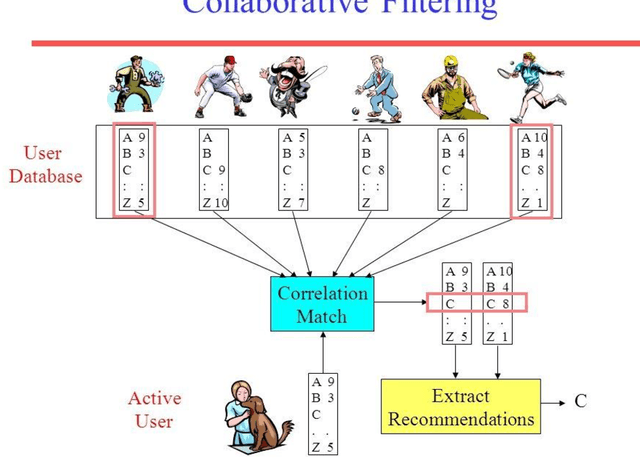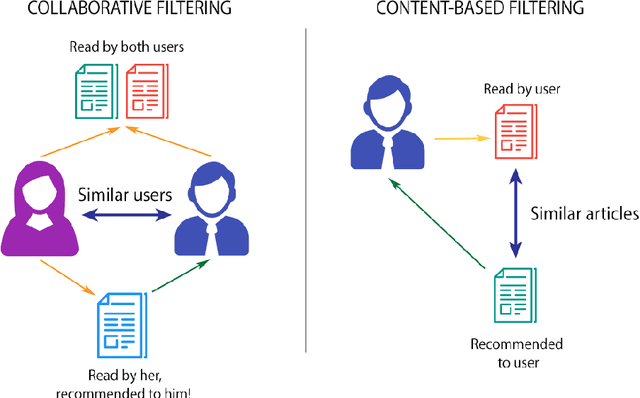Recommender System for News Articles using Supervised Learning
Paper and Code
Jul 03, 2017



In the last decade we have observed a mass increase of information, in particular information that is shared through smartphones. Consequently, the amount of information that is available does not allow the average user to be aware of all his options. In this context, recommender systems use a number of techniques to help a user find the desired product. Hence, nowadays recommender systems play an important role. Recommender Systems' aim to identify products that best fits user preferences. These techniques are advantageous to both users and vendors, as it enables the user to rapidly find what he needs and the vendors to promote their products and sales. As the industry became aware of the gains that could be accomplished by using these algorithms, also a very interesting problem for many researchers, recommender systems became a very active area since the mid 90's. Having in mind that this is an ongoing problem the present thesis intends to observe the value of using a recommender algorithm to find users likes by observing her domain preferences. In a balanced probabilistic method, this thesis will show how news topics can be used to recommend news articles. In this thesis, we used different machine learning methods to determine the user ratings for an article. To tackle this problem, supervised learning methods such as linear regression, Naive Bayes and logistic regression are used. All the aforementioned models have a different nature which has an impact on the solution of the given problem. Furthermore, number of experiments are presented and discussed to identify the feature set that fits best to the problem.
 Add to Chrome
Add to Chrome Add to Firefox
Add to Firefox Add to Edge
Add to Edge